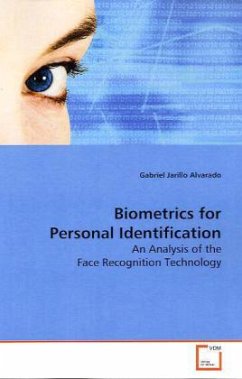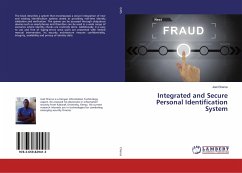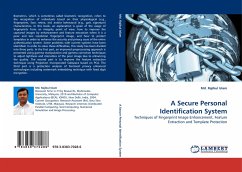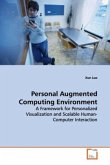BIOMETRICS FOR PERSONAL IDENTIFICATION. In modern
life, authorization and authentication of
individuals have become vital components of
day-to-day activities. As of today, most methods of
identification rely on things we know or possess,
for instance passwords or identification cards. Since
documents may be lost, forged or stolen and passwords
may be forgotten or compromised, traditional methods
of identification are merely insufficient. A
promising technology that offers solutions to the
current limitations is based on biometrics. By
nature, biometric features are extremely difficult to
reproduce or imitate, hence the potential of reducing
identity misuse. The fact that we are naturally
guided to identifying individuals through visual
information gives face recognition a wide range of
applications.
This book reports on an extensive analysis of the
face recognition technology. Its objectives, falling
under the umbrella of pattern recognition, are to
investigate current and new approaches to personal
identification, to identify strengths and weaknesses
of different methodologies, and to propose design
guidelines and systems that cope with current
limitations.
life, authorization and authentication of
individuals have become vital components of
day-to-day activities. As of today, most methods of
identification rely on things we know or possess,
for instance passwords or identification cards. Since
documents may be lost, forged or stolen and passwords
may be forgotten or compromised, traditional methods
of identification are merely insufficient. A
promising technology that offers solutions to the
current limitations is based on biometrics. By
nature, biometric features are extremely difficult to
reproduce or imitate, hence the potential of reducing
identity misuse. The fact that we are naturally
guided to identifying individuals through visual
information gives face recognition a wide range of
applications.
This book reports on an extensive analysis of the
face recognition technology. Its objectives, falling
under the umbrella of pattern recognition, are to
investigate current and new approaches to personal
identification, to identify strengths and weaknesses
of different methodologies, and to propose design
guidelines and systems that cope with current
limitations.








